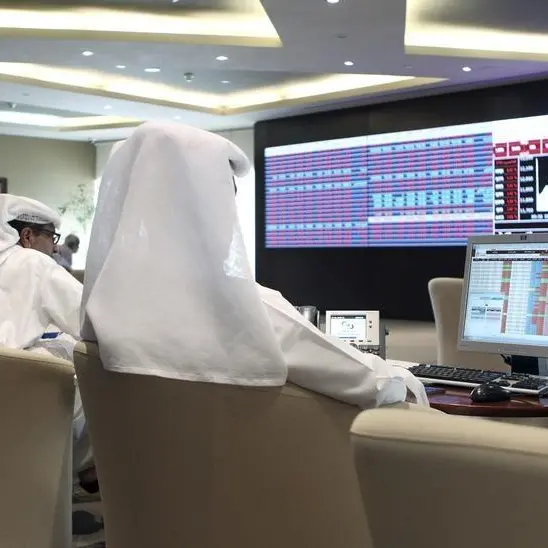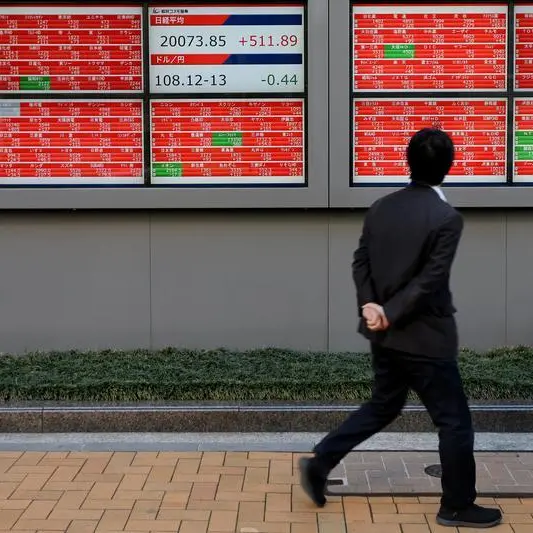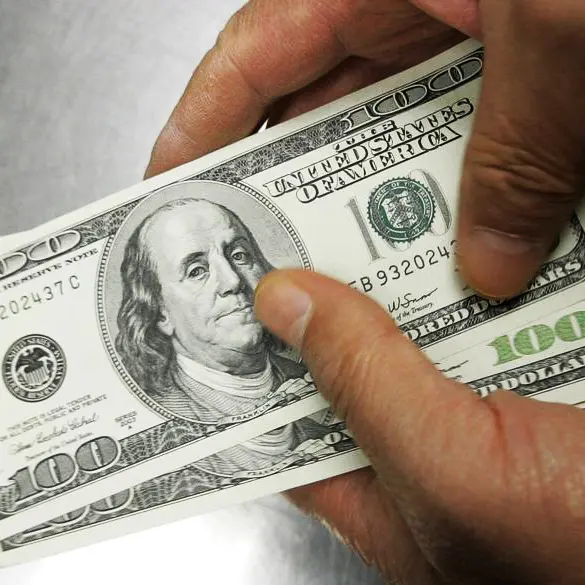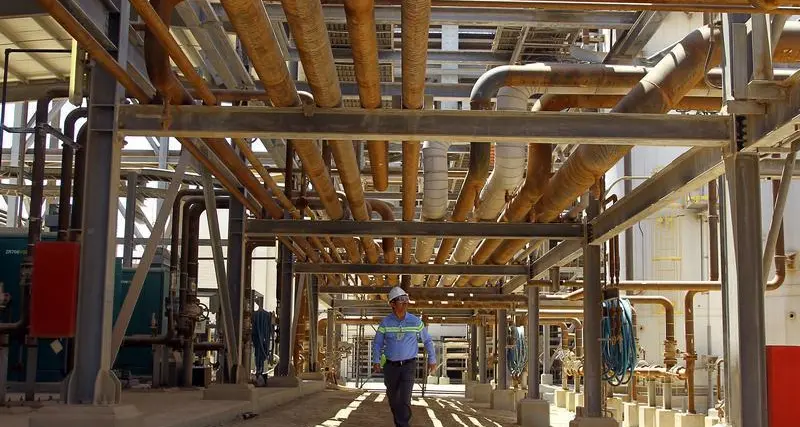LONDON - Sovereign bond markets across the euro area looked set on Thursday to end September with the biggest jump in borrowing costs in months as investors brace for higher inflation and a more hawkish response from the world's major central banks.
Ten-year bond yields across the single currency bloc were broadly steady, holding below roughly three-month highs hit earlier this week as a calm takes hold after a furious bond selloff over the past week.
Signs that inflation could prove stickier than anticipated, combined with a hawkish shift at the U.S. Federal Reserve and the Bank of England, have put markets on alert that central banks could wind back post-COVID stimulus measures sooner rather than later.
In Germany, the euro zone's benchmark bond issuer, 10-year bond yields were steady at -0.21%. They have risen 16 bps this month -- the biggest monthly jump since February.
French and Dutch 10-year bond yields have also risen about 16 bps each this month in their biggest monthly rises since April.
"Every move we have seen since last week has been led by changing monetary policy expectations," said Althea Spinozzi, senior fixed income strategist, Saxo Bank.
"It is becoming clearer that central banks will need to implement tighter monetary policies earlier and at a faster pace than markets had been pricing for before, especially in the U.S."
Similar moves have been seen across major bond markets as investors brace for tighter monetary policy. British debt has been the big underperformer, with 10-year gilt yields up almost 40 bps in September.
Fresh signs that high inflation in the euro area could last longer than policymakers had anticipated kept the focus on inflation, preventing a deeper recovery in debt markets for now.
French inflation hit a near 10-year high of 2.7% in September, official data showed, though slightly below forecast.
Headline inflation readings from some German states came in at around 4% year-on-year, with the national number out later in the session.
"Today, the German CPIs should deliver 4%+ prints and already set the tone for tomorrow's euro area HICP for which the consensus is looking for a 3.3% headline rate," said Michael Leister, head of interest rate strategy at Commerzbank.
"Accordingly, ECB exit fears should continue to linger and break-evens continue to test the highs," he added, referring to inflation breakevens, a gauge of market inflation expectations.
(Reporting by Dhara Ranasinghe; Editing by Emelia Sithole-Matarise and Gareth Jones) ((Dhara.Ranasinghe@thomsonreuters.com; +442075422684;))











